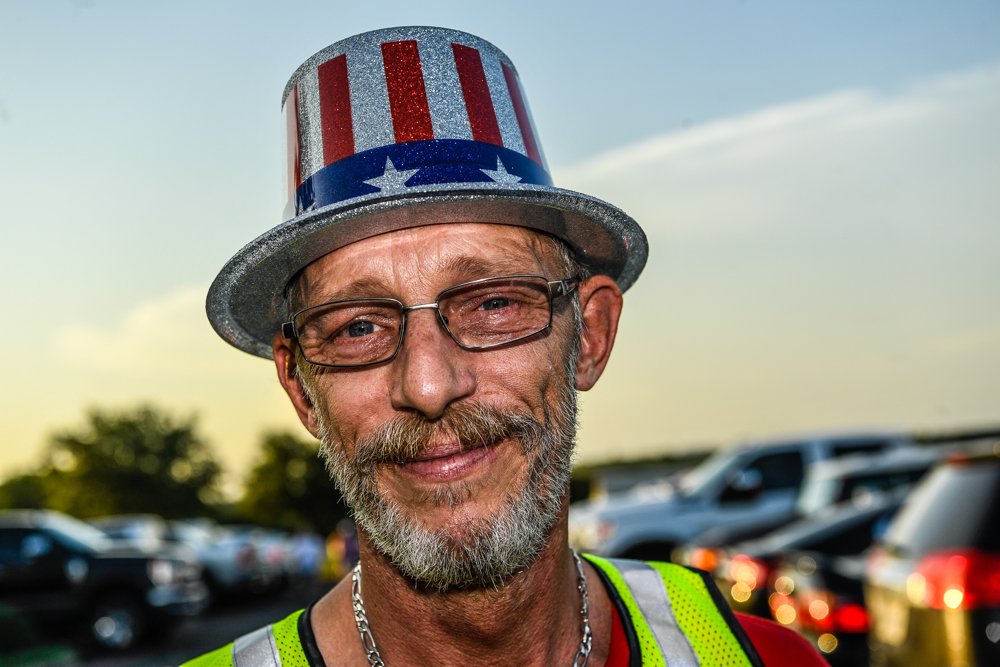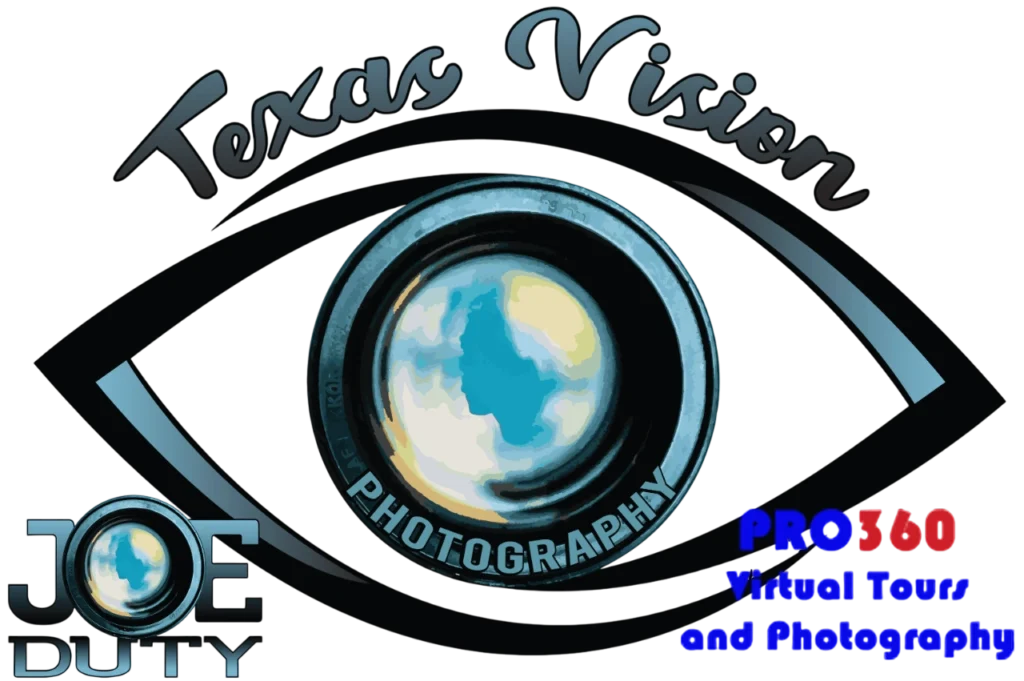
Shooting as a photojournalist for years gives you the opportunity to learn every aspect of your craft. It puts you in places and situations that continue to test your ability and skill set. How do you get better at this: shoot a lot and keep trying different things, leave what works and drop those that don’t. One area I struggled with in the beginning was balance fill flash. I attended three classes of the world’s greatest lighting guru, “Joe McNally.” As a photojournalist you don’t always want your viewer to know you added light, but living in a three dimensional world and working in a medium that deals only with two of those makes it tough sometimes to show the scene as it actually is. In this mode we simply kiss the subject with light, just enough to open the shadows, but maintain a natural look. Event photography is a whole different animal, you are moving fast, lighting changes fast and dramatically, so being able to adjust on the fly is a must.
The Nikon system is known for it’s speed light system that is dead-on in the balance fill flash area. Although it is great, sometimes trying to achieve the look your looking for requires a little control on the photographers part. This is simply subjective to your style and vision. In event photography the photog is running and gunning most of the time with flash on camera, a general no-no in a pro’s world, but with the advancement of technology and a working knowledge of adding or subtracting light on the fly it has never been easier. In a perfect world I am tethered to a assistant with a TTL cord, and a small light modifier in order to create more of a sidelight with less flat lighting results, but that’s not always available so you run with it, bouncing the light or turning your subject with light behind for a secondary light source.
Example of event lighting one event
I usually carry two cameras, a Nikon D850 with flash and a 24-70 lens, second camera is a Nikon D5 with a 70-200 for available light moments.
Texas Photography Workshops host eight classes a year taught by Joe Duty Photography. In Photo Class 101 we focus on the basics of camera settings and getting your base camera knowledge and understanding of how the camera sees. In Photo Class 102 we start to add back in automation and touch on balanced fill flash. In the lighting and flash class is where we hone in on perfecting added flash and multiple light sources. Our latest addition to the class roster is a five day Rodeo and Western Lifestyle class where we will use all these techniques including balance fill flash.
